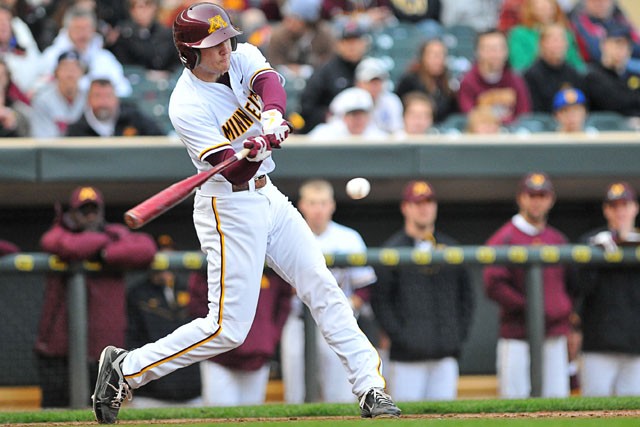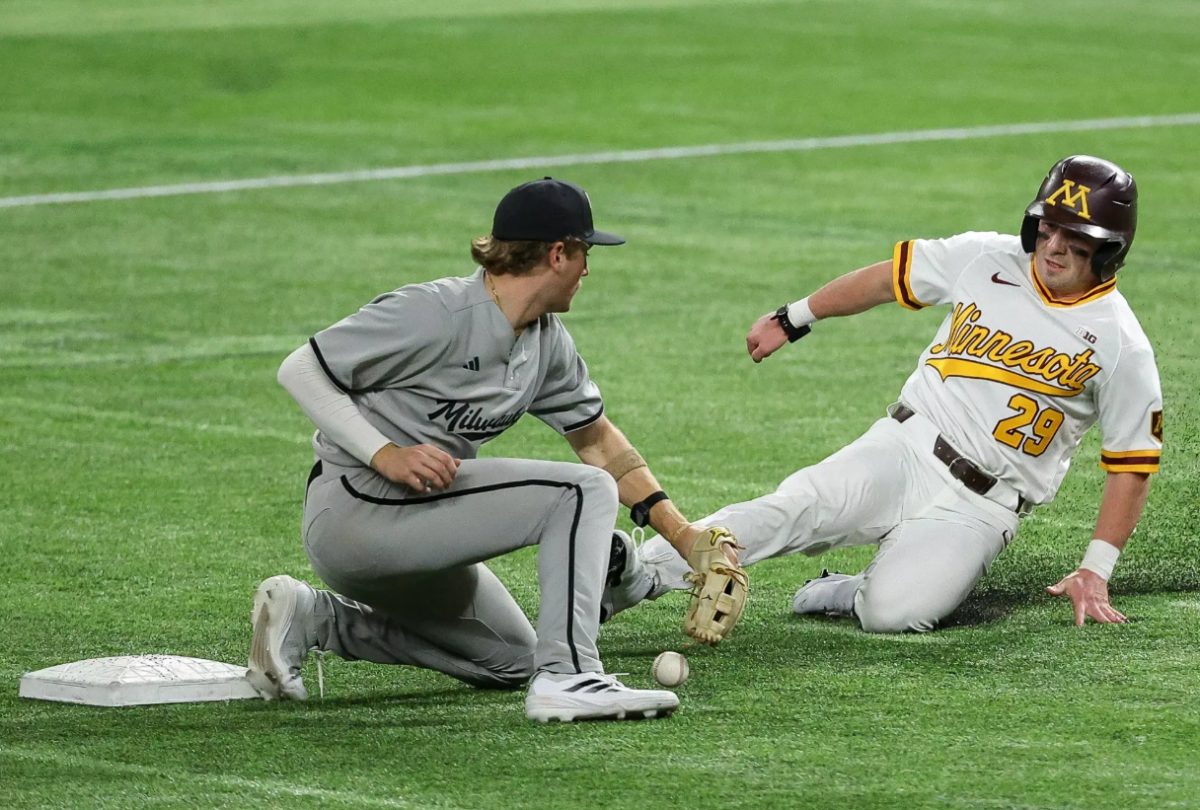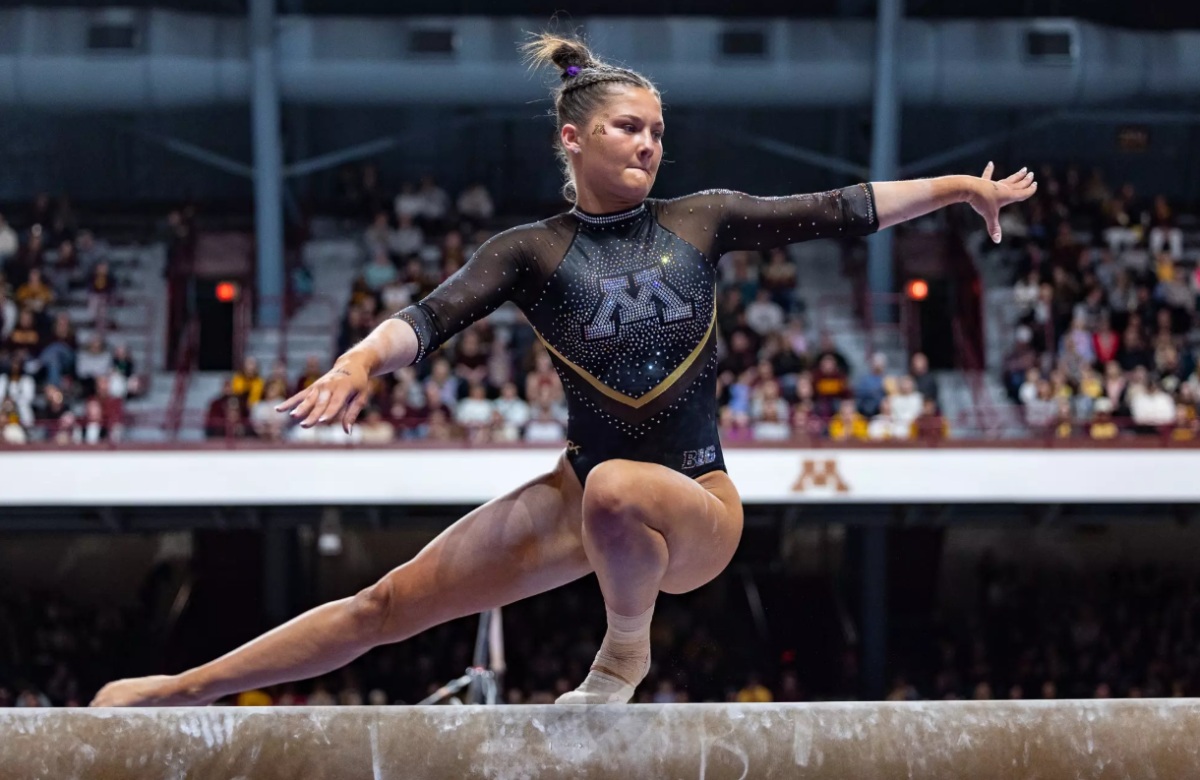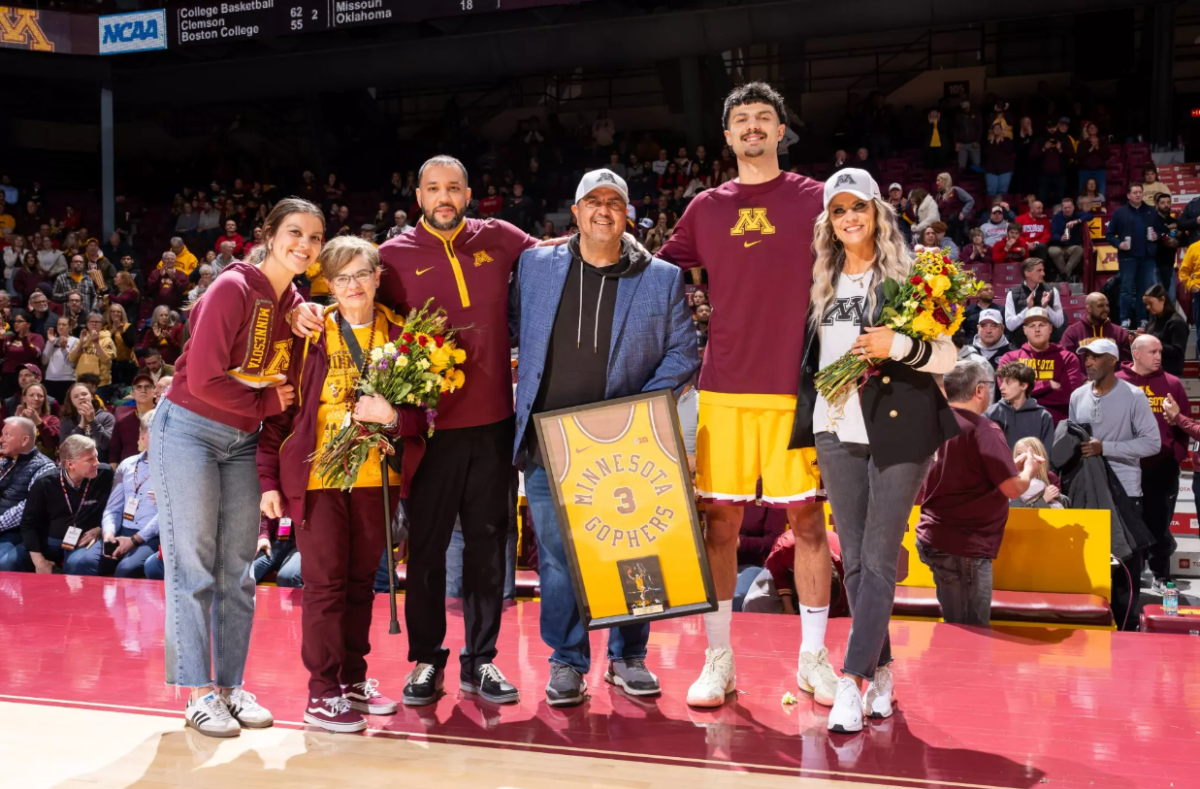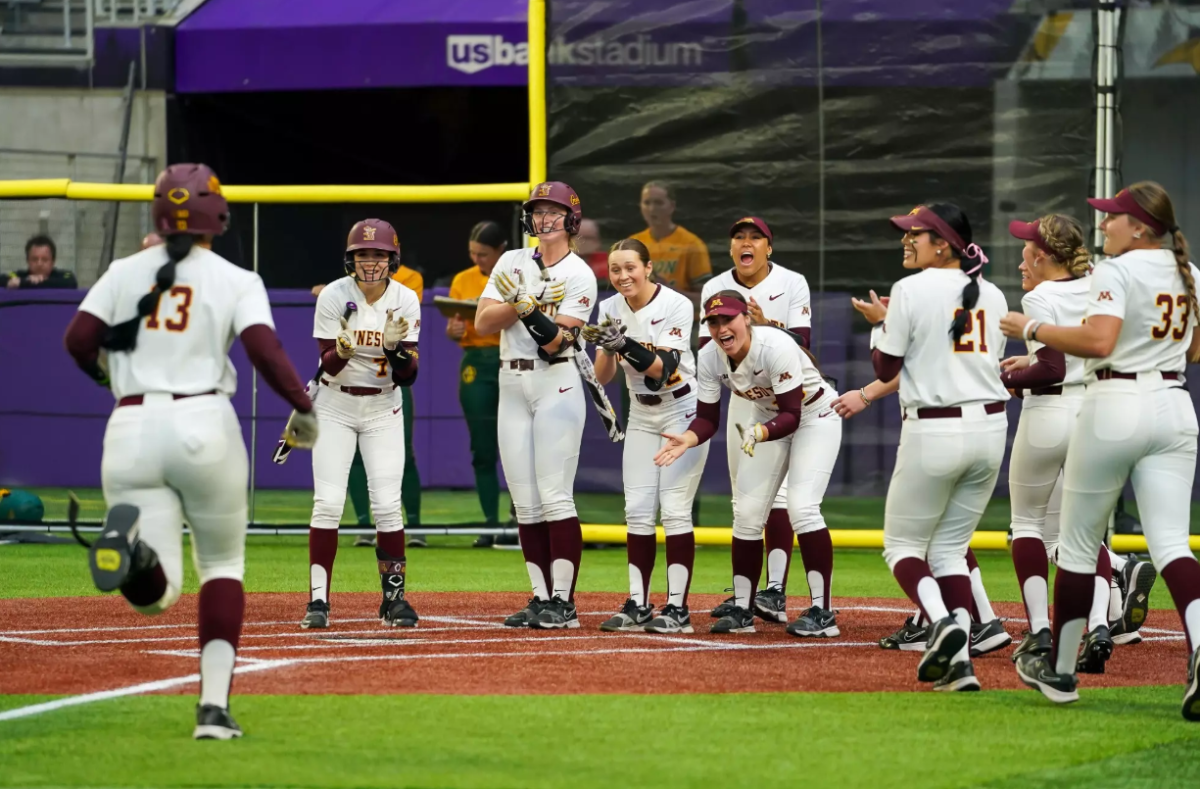After yet another midweek game cancellation, the Gophers baseball team will head to Indiana this weekend looking to right the ship.
Minnesota (11-15, 3-6 Big Ten) is fresh off dropping two-of-three to a Northwestern team that was 9-20 entering the series.
Offense has been the primary culprit for a season that to date lacks a consistent stretch of quality baseball. Head coach John Anderson has reiterated many times that his hitters have been put behind the eight ball because of erratic weather patterns resulting in cancelled games.
While Indiana enters the weekend with 24 wins to 12 defeats, the Gophers have just 26 total games to their 2011 résumé. Fewer at-bats for hitters and fewer innings to sort out the bullpen have frequently been mentioned by Anderson as concerns.
âÄúI think weâÄôre a product of the conditions weâÄôve had to prepare and practice and thatâÄôs [been] inconsistency,âÄù Anderson said.
Eight weeks into the season, Anderson said at some point hitting in the batting cage becomes detrimental because the limited flight of the ball before it hits a net and the slower speeds make it difficult to identify if a playerâÄôs swing is getting âÄúlong.âÄù
Anderson, like most coaches, preaches being short to the ball âÄî having a compact swing. When hitters donâÄôt see live pitching on a regular basis, though, it can be easy to develop a loop in oneâÄôs swing that makes the path to the ball less direct.
After a sweep at the hands of Michigan State followed by a series loss to Northwestern, Minnesota is tied for last place in the Big Ten at 3-6.
As it stands right now, the Gophers would be on the outside looking in on the Big Ten tournament. Minnesota won the tournament last year, but only the top six teams in the conference make it.
âÄúWeâÄôre trying not to panic; this is baseball. I think our mistakes have been magnified by the number of games,âÄù Anderson said. âÄúWeâÄôve got to start playing better and thatâÄôs the bottom line.âÄù
The Gophers have 15 games left in the Big Ten and are only three games back of first place Michigan State and Indiana, giving them time to correct early struggles and make up ground.
The team will need to remedy its ineffective offense if it hopes to climb back into the race. Anderson said beyond individuals picking up their game, he may shake up the lineup this weekend in an attempt to spark the bats.
âÄúWe might have to go a different way at some positions,âÄù Anderson said Sunday. âÄúTrip Schultz is struggling right now. [Andy] Henkemeyer has not been able to get an RBI base hit for us [in Big Ten play]. WeâÄôll play Troy Larson more âĦ Take a look at [David] Bettenberg a little more, maybe JT Canakes.âÄù
Schultz has struggled since the beginning of conference play, hitting just .254 on the year, but he does have a quality .376 on-base percentage and 13 RBIs.
Larson has struggled too, but Anderson thinks a change in approach will be beneficial for him. HeâÄôs been trying to hit both right and left-handed this year. Anderson said he plans to only bat Larson right-handed from this point forward to utilize his better bat speed from the right side of the plate.
Bettenberg saw playing time this weekend as the designated hitter Saturday and as a pinch hitter Sunday. Canakes has only six plate appearances on the year.
âÄúWeâÄôve got to find some guys that can give us some consistent at-bats,âÄù Anderson said. âÄúWe canâÄôt keep going to the same guys if I donâÄôt see progress being made and I havenâÄôt seen a lot.âÄù
Comparing offenses between years gets difficult because there is a new bat standard this season, implemented to decrease velocity of balls coming off the bat. That said, Minnesota hit .304 with a .375 on-base percentage collectively in 2010, compared to just .254 with a .327 on-base percentage as a group this year.
âÄúI think weâÄôve gotten in fastball counts and missed some fastballs in the hitting zone that have surprised me,âÄù Anderson said. âÄúThatâÄôs not something that weâÄôve historically struggled with.âÄù


